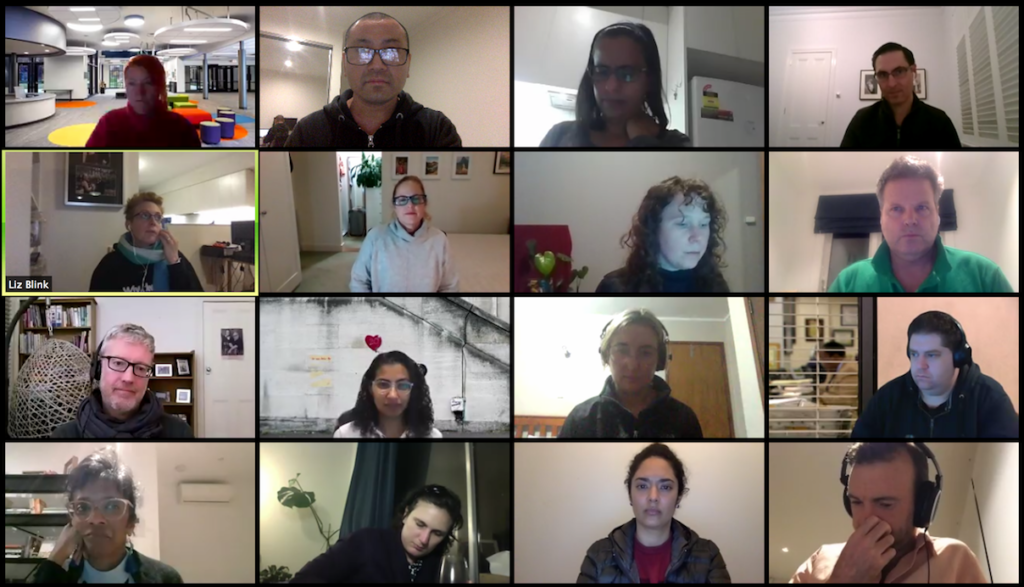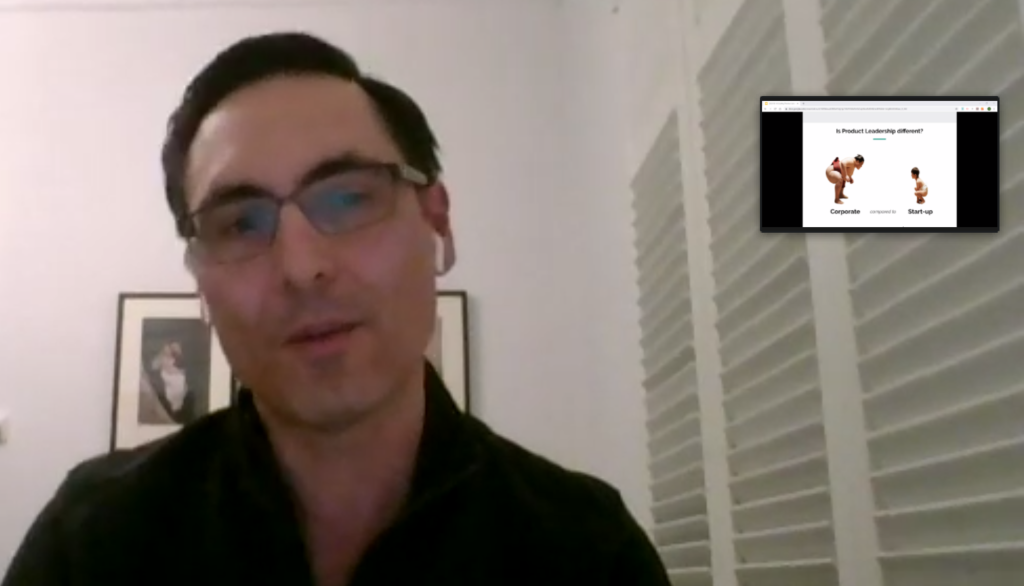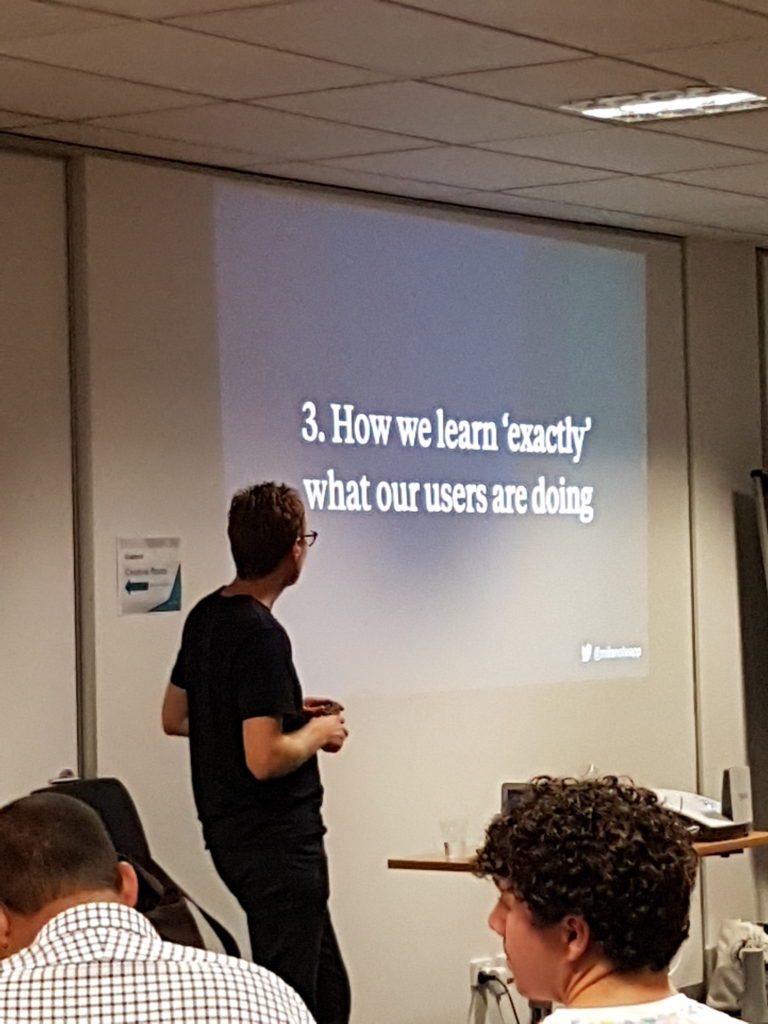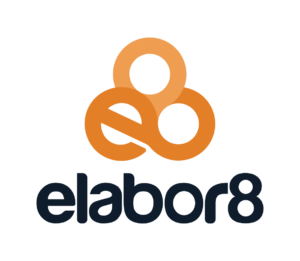As software companies scale and the product team grows, the difference between building ‘stuff’ and performing the practice of product management can be massive. It can greatly impact the ability to find product market fit through to the ability to scale with pace and grace.
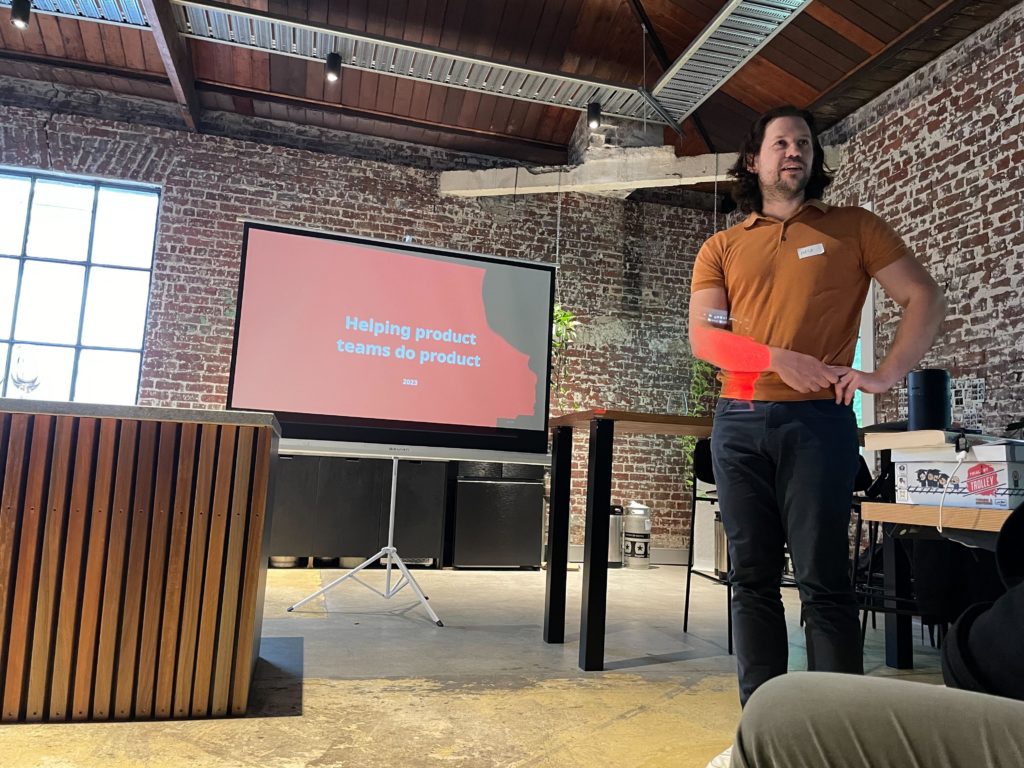
Our speaker, Nick Wodzinski, has worked at several start-ups and shared his first hand experience of moving the team into the practice of product management while being resource constrained.
Nick’s 3 tips are:
Think about roles, not job titles
Nick shared some previous conversations that helped to shape this guideline including talking to a founder about Marty Cagan’s idea that each team should have a product person and the founder saying they can only afford him – the one product person. Or having to do some UI and design work although he’s the product person and wondering if he really should be doing this (although there’s no designer at the company).
In order to solve this, think about the role, not the job title. Get comfortable, especially in startups, that someone who might not have the training is going to be doing a specific role. And the person doing that role may change over time. The person doing that role might even be different for different areas of the product. AND this is ok.
If you find yourself in this situation, be clear on who is responsible for each thing. Have a conversation about who will play each role so everyone knows what is expected of them and who is responsible. Having some sort of indicator is also helpful – a hat, an emoji, listed on the wiki page, etc.
Resources: Marty’s 4 Big Risks & John Cultler’s Top 1% Product Managers
Talk in ‘bets’ with founders and execs
Ever had a founder or exec approach you with an idea they got from a competitor’s webinar or something their friend told them about (the old ‘airplane magazine syndrome’)? The person telling you about this and asking why you aren’t working on the same is coming from a good place – a place of trying to keep the company afloat – though these conversations can be distractions to the strategy.
You want to have a productive conversation that doesn’t create tension between you & this person. You want to frame the outcome for the business and the team, not talk about how important the discovery is.
Nick referenced a talk by Kirsten Mann at LTP where she talked about executives want certainty. You might feel like showing your work will help them understand but really you want to remove the language of product & design from these conversations and focus on the commercial acumen – what is the expected impact?
Another way to frame this comes from General ‘Salty’ Saltzman from the US Space Force. He wants to know what is your theory of success. You should be able to tell someone what you’re trying to achieve and how it will help achieve success.
Nick suggests using the language of ‘bets’ to get out of our jargon and move more towards risk, portfolio of bets and that losing might be an option. This also helps to move away from the conversation of when something will be delivered but should we back other bets or continue to continue to back this bet based on the data we have gathered. He then shared a great conversation he had at one company where ‘getting to parity with a competitor’ was being encouraged and Nick asked what would the impact of ‘parity’ be? Would it get us every deal? No. Would it get us half the deals? What if we did something different that solved a real problem that could help us win more than half the deals? How long would we fund this bet? How long should it take us to understand this bet? This conversation led to a new strategy with a new market to sell to.
References: John Cutler’s The Basics and Place Your Bets plus the Spotify Rhythm
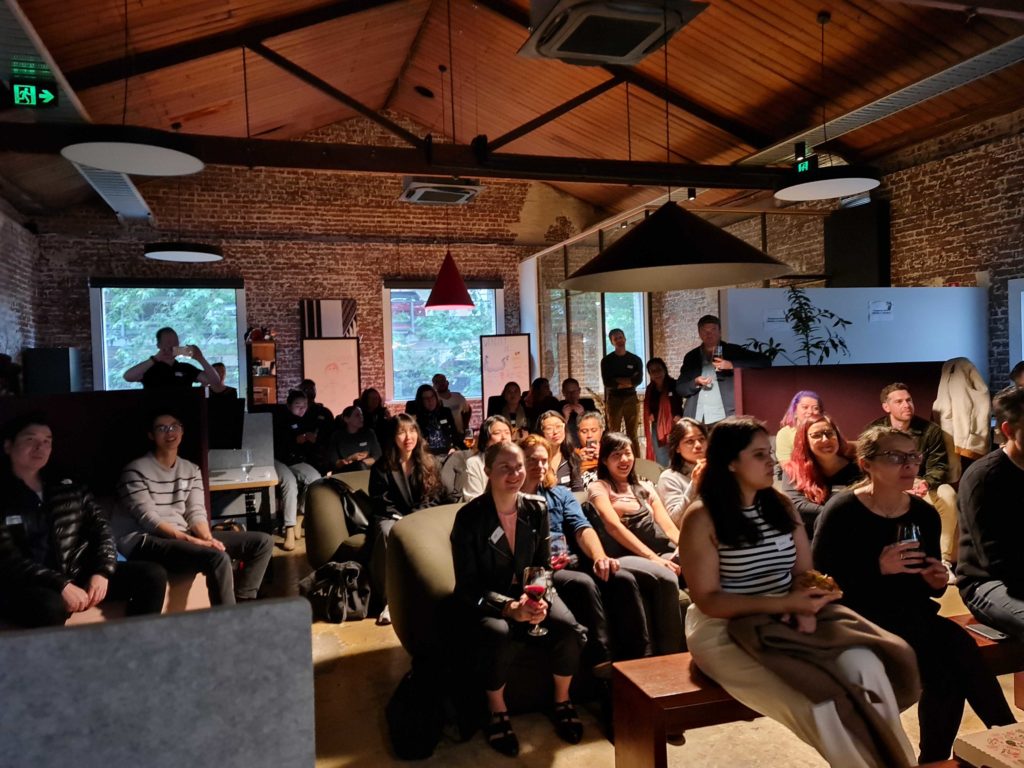
Managing your career growth if you’re the 1st (or only product manager)
You might have dreams for your product manager career – getting promoted, earning more money, whatever you dream of. That might not be the reality you work in. You might not get great feedback (keep doing what you’re doing!). There might not be the opportunity for promotions or not a clear idea of how that would ever happen (keep deliverying value says the boss). You probably gather your data from salary surveys and put forward your case but if the organisation doesn’t have the money, they can’t give you a raise.
This does not mean you can’t continue to grow! You need to create your own path. Nick is creating a growth framework for his team which explains the competencies for a PM at different levels.
Nick reflected on his own dreams of presenting his roadmap to the board right after starting his new job. He was advised by that 1st you need to show that you can present it to your team and that they understand the vision and how they contribute to that vision. If you’re doing well with the team, then the next step could be to present to the company at the next all hands. Think about what are the levels you can do this at and how you can stretch and grow.
Note: If you want to learn more about product competencies and setting one up at your company, see the notes from our event earlier this year with Aaron Hardy from PageUp.
Resources: check out some frameworks here, here and here
Our Speaker
Nick Wodzinski is the lead product manager at Chargefox – Australia’s largest public charging network for electric vehicles. His background is in construction tech, and he has worked setting up product teams with startups and scale ups over the last 5 years in the Australian software industry.
Our Host
Our wonderful friends at Everest Engineering will be our hosts for the evening.
Everest Engineering: A bold, people first community, building digital products for those who do things differently.

